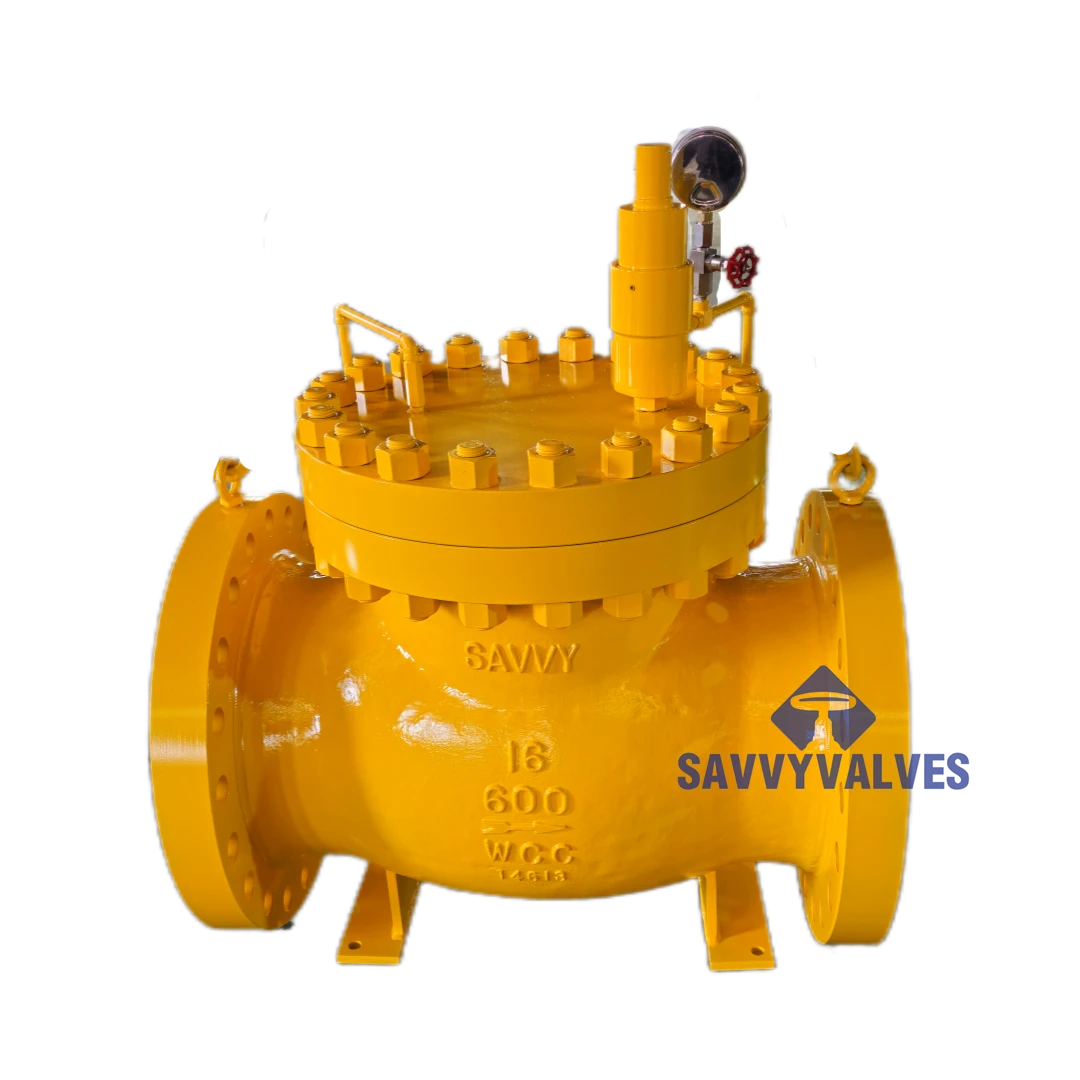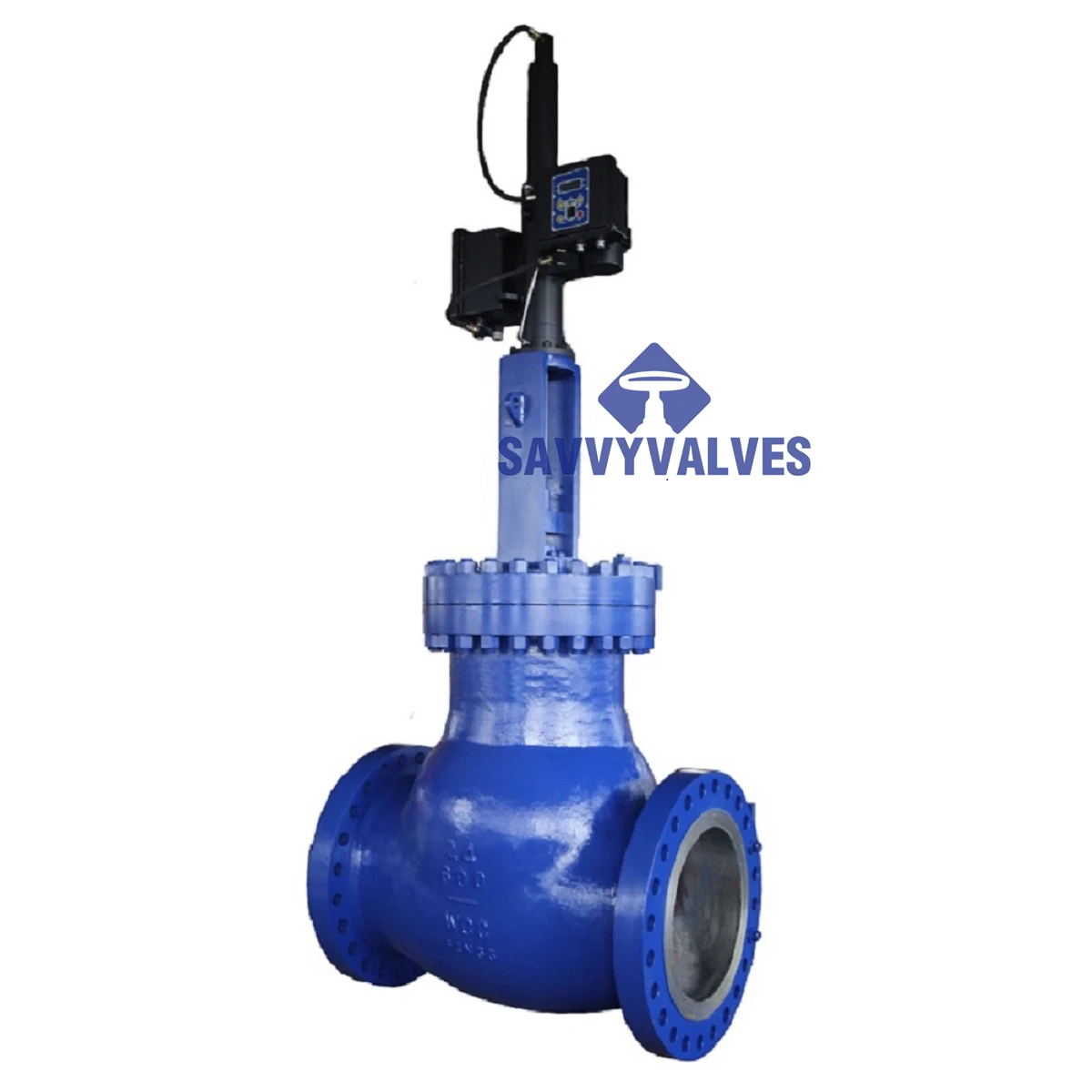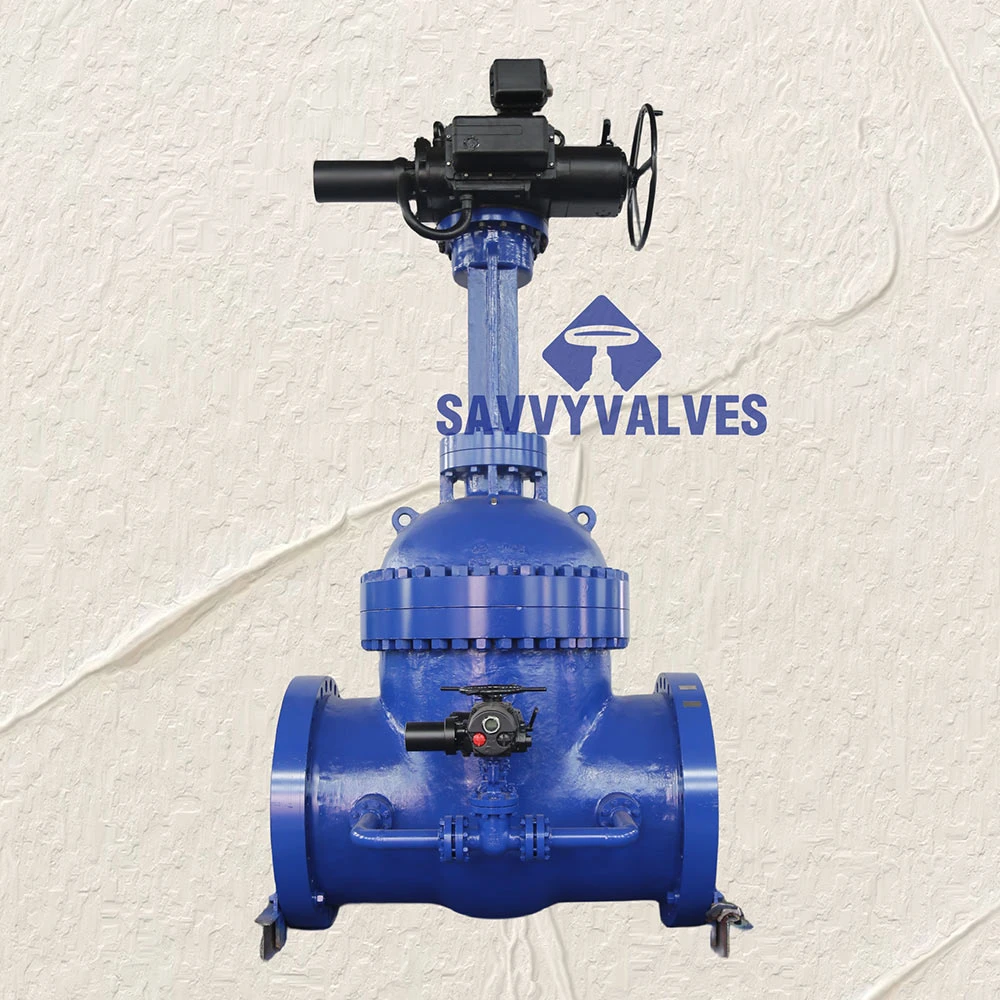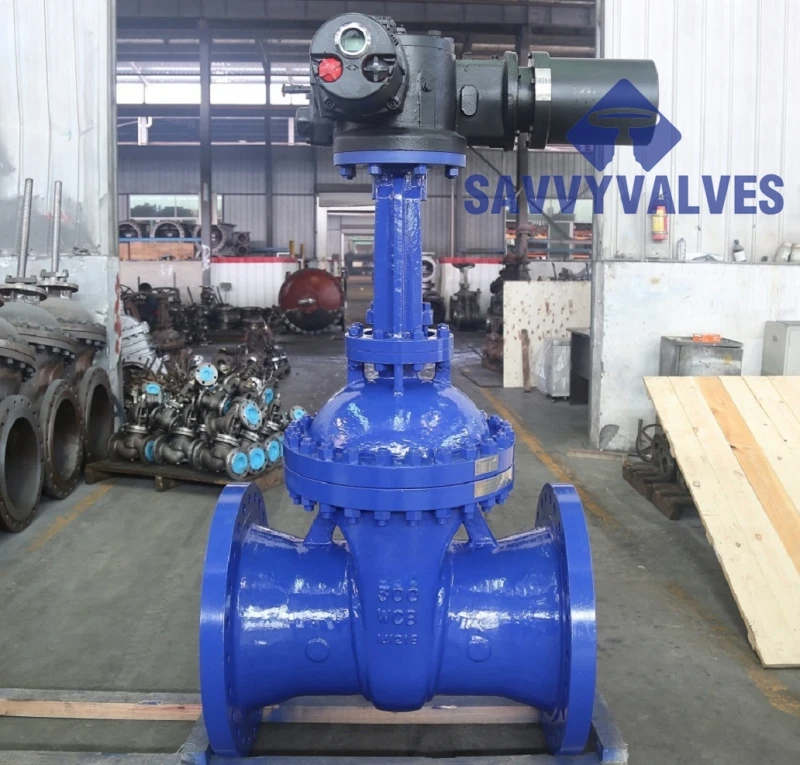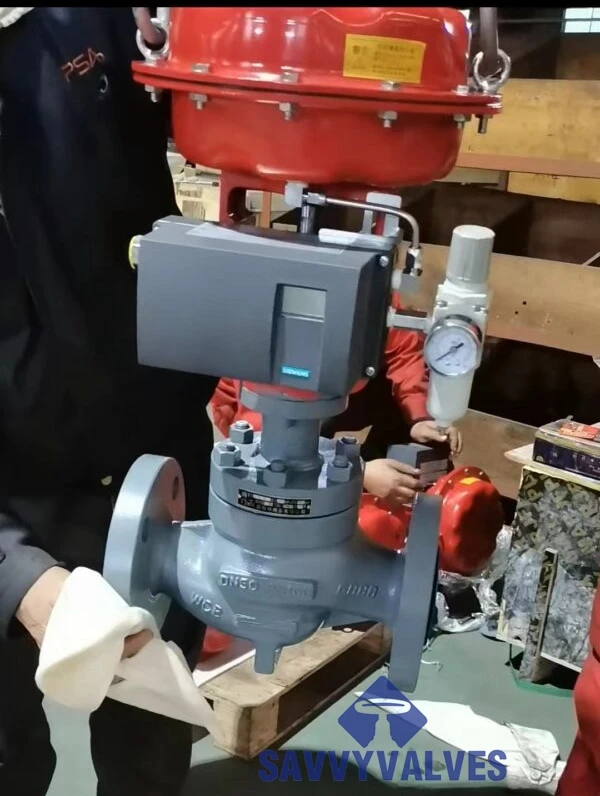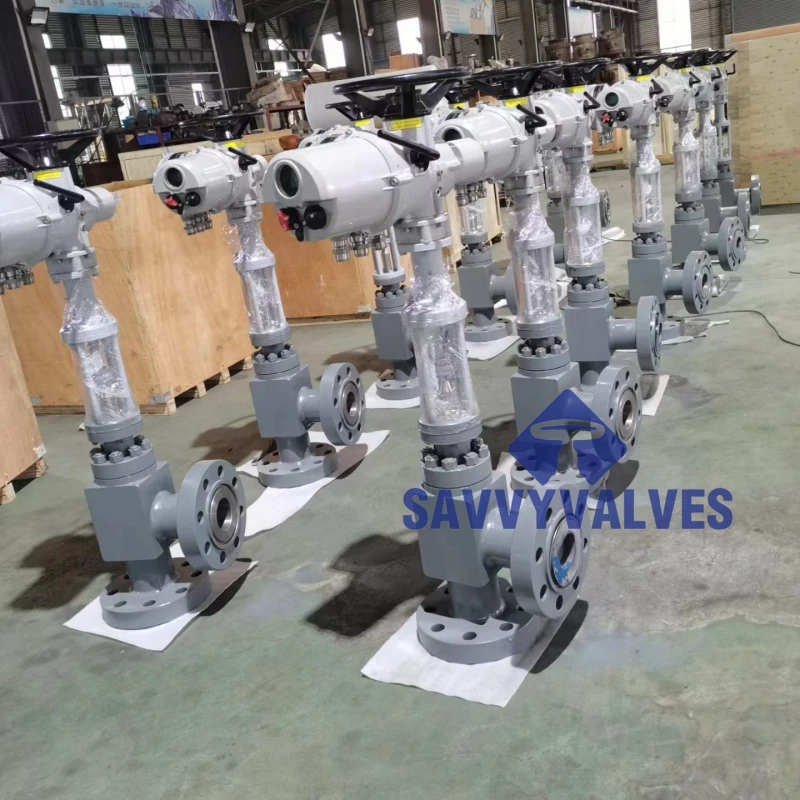Regelkleppen
-
Opdracht: regeling van de stroomafwaartse druk naar de ingestelde druk. Ontwerp met gebalanceerde zuigerafwerking.
Maat: 16″
Beoordeling: 600LB
Materialen: ASTM A216 WCC-behuizing en deksel
ASTM A182 F316-afwerkingen
RPTFE-zitting
Operator: Piloot Zelfgestuurd
-
VOORBEELDSPECIFICATIES
MAAT: 24″
BEOORDELING: 600LB
CARROSSERIE EN MOTORKAP: ASTM A216 WCC
STEKER: ASTM A182 F316 +STELLITE 6
STAM: ASTM A182 F6A
KOOI: ASTM A276 416
ZETEL: ASTM A105+STELLITE 6
AANDRIJVING: ELEKTRISCHE HYDRAULISCHE ACTUATOR
-
FOTO TOONT SPECIFICATIES ZOALS HIERONDER
MAAT: 42″br> BEOORDELING: 600LBbr> CARROSSERIE EN KAP: ASTM A216 WCBbr> SCHIJF: ASTM A216 WCB+STELLITE 6, FLEXIBELE WIG, VOLLEDIGE BOORBREEDTEbr> STEEL: ASTM A182 F6Abr> ZITTING: ASTM A105+STELLITE 6br> AANDRIJVING: LIMITORQUE SMC-5 480V AC, 3PH, 60HZ, MET HANDMATIGE OVERIDE.br> -
Afmetingen: 20 x 15 cm
Beoordeling: 600LB
Materialen: ASTM A216 WCB-behuizing en motorkap
ASTM A182 F316L-afwerkingen
RPTFE-zitting
Bediening: Enkelwerkend, veerretour, pneumatisch
-
FOTO TOONT SPECIFICATIES ZOALS HIERONDER
MAAT: 20″*16″
BEOORDELING: 300 LB 600 LB
CARROSSERIE EN MOTORKAP: ASTM A216 WCB
SCHIJF: ASTM A216 WCB+STELLITE 6, FLEXIBELE WIG
STAM: ASTM A182 F6A
ZETEL: ASTM A105+STELLITE 6
AANDRIJVING: INTELLIGENT MODULEREND TYPE MET BEPERKTE KOPPEL, 4-20 mA signaal, 480 V AC, 3 FASEN, 60 HZ, MET HANDMATIGE OVERBEDIENING.
-
VOORBEELDSPECIFICATIES
MAAT: 8″
BEOORDELING: 300 LB
CARROSSERIE EN MOTORKAP: ASTM A350 LF2
V-INKLAAG KOGEL: ASTM A182 F316+TCC 90℃ INKLAAG.
STAM: ASTM A564 17-4PH
ZETEL: ASTM A182 F316+TCC
LENTE: INCONEL X-750
AANDRIJVING: ELEKTRISCHE HYDRAULISCHE ACTUATOR
-
VOORBEELDSPECIFICATIES
MAAT: 2″
BEOORDELING: 600LB
CARROSSERIE EN MOTORKAP: ASTM A216 WCC
STEKER: ASTM A182 F316 +STELLITE 6
STAM: ASTM A182 F6A
KOOI: ASTM A276 416
ZETEL: ASTM A105+STELLITE 6
AANDRIJVING: MEMBRAAN PNEUMATISCH AANGEDREVEN
-
FOTO'S TONEN SPECIFICATIES ZOALS HIERONDER
MAAT: 3″
BEOORDELING: 10000PSIG
CARROSSERIE EN MOTORKAP: TC YG6
STEKKER: TC YG20
STAM: INCONEL 625
KOOI: INCONEL 625
STOEL: YG 6
AANDRIJVING: ELEKTRISCHE ACTUATOR
-
Kort:
Maat: 3″
Vermogen: 2500 lb
Materialen:
ASTM A182 F11 carrosserie en motorkap
ASTM A182 F11+stellite 6-schijfs
ASTM A182 F6A-stam
Stellite 6 overlay carrosserie zitting
Bediening: handwiel
Eindigt: BW volgens ANSI B16.25
A control valve is a critical component in fluid handling systems, used to regulate the flow rate, pressure, temperature, or level of a fluid by varying the size of the flow passage. It operates by receiving signals from a controller, which determines how much the valve should open or close based on input from process sensors. The valve includes an actuator (pneumatic, electric, or hydraulic) that moves the valve stem or plug in response to control signals. This modulation of valve position allows for precise adjustments of fluid parameters within a system. Control valves are essential in automated process control, helping maintain desired operating conditions in industries such as oil and gas, power generation, water treatment, and chemical manufacturing. Depending on the design, they may operate linearly or rotationally and can be equipped with positioners to ensure accurate alignment with control signals. Their flexibility and precision make them indispensable for safe, efficient, and responsive control of complex processes.

